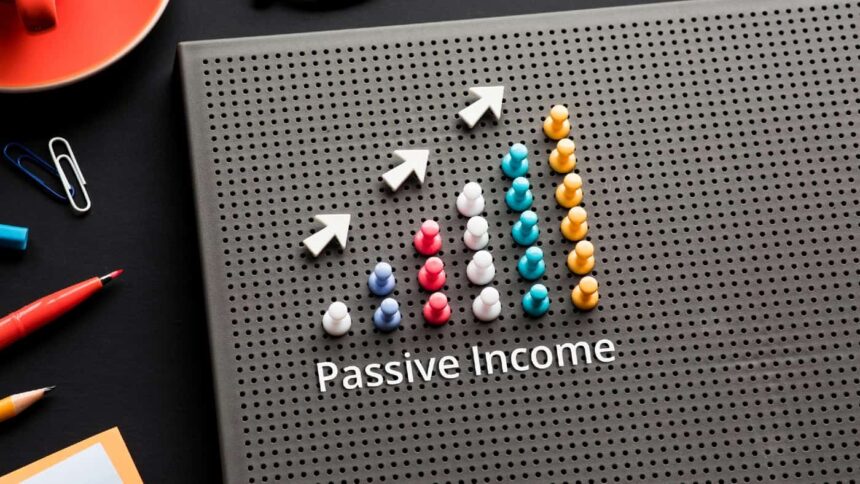
Image source: Getty Images
The next couple of weeks will be busy for Lloyds (LSE: LLOY) shares. The bank is reporting on 26 July and the ex-dividend date follows shortly after on 4 August. A bit of good news and I could see the current 46p share price go shooting up.
I have a position here already, but I might top up, especially as the passive income potential is better than it has been for years. Let’s say I had £10,000 to invest in Lloyds shares. What kind of return would I be looking at?
Let’s start with the dividends. We have a 2.78p payment for 2023 and forecasts for 2024 and 2025 are 3.06p and 3.48p. That means I’d be looking at annual yields of 6.04%, 6.65%, and 7.57% at today’s share price. Those are stellar yields, comfortably higher than the FTSE 100 average.
In terms of my £10,000, I might expect payments of £604, £665, and £757 over the next three years. I could reinvest those returns for even more, too. On this kind of trajectory, I’d dare to call the Black Horse a no-brainer buy.
Buybacks
And that’s not even the end of the shareholder value. In February, Lloyds announced a £2bn buyback. When a company removes shares in issue through a buyback, its market value goes down. Usually, I’d expect the share price to go up to compensate.
As of now, the buyback is 81% complete. Around 3.5bn shares have been taken out of circulation, and yet, the Lloyds share price hasn’t risen. In fact, it fell around 12%. This tells me that investors are seeing big risks here. So what’s going on?
The biggest change in the industry recently has been an increase in interest rates. Higher rates mean more income for banks, as they take a margin from the money they lend out and the deposits they have coming in.
But it’s a double-edged sword. Higher rates mean people will struggle to pay debts and and are more likely to default. Lloyds, as the UK’s largest mortgage lender, is heavily exposed here. The rates also make people and businesses less likely to borrow money, which means less revenue for banks.
Ghosts of 2008
Rates will snap back at some point though, so I don’t see this as a long-term issue. A bigger problem though is investor sentiment. Who can forget that only 15 years ago the banking sector, and the whole country, was brought to its knees? The ghosts of 2008 go some way to explaining why the Lloyds share price still hasn’t broken the £1 mark.
Still, if the panic is overblown then this could turn out to be a very cheap buy. After all, investor sentiment is largely independent of the running of a business. Either way, the income looks good for the next few years. I’ll hold my shares and may top up soon.








